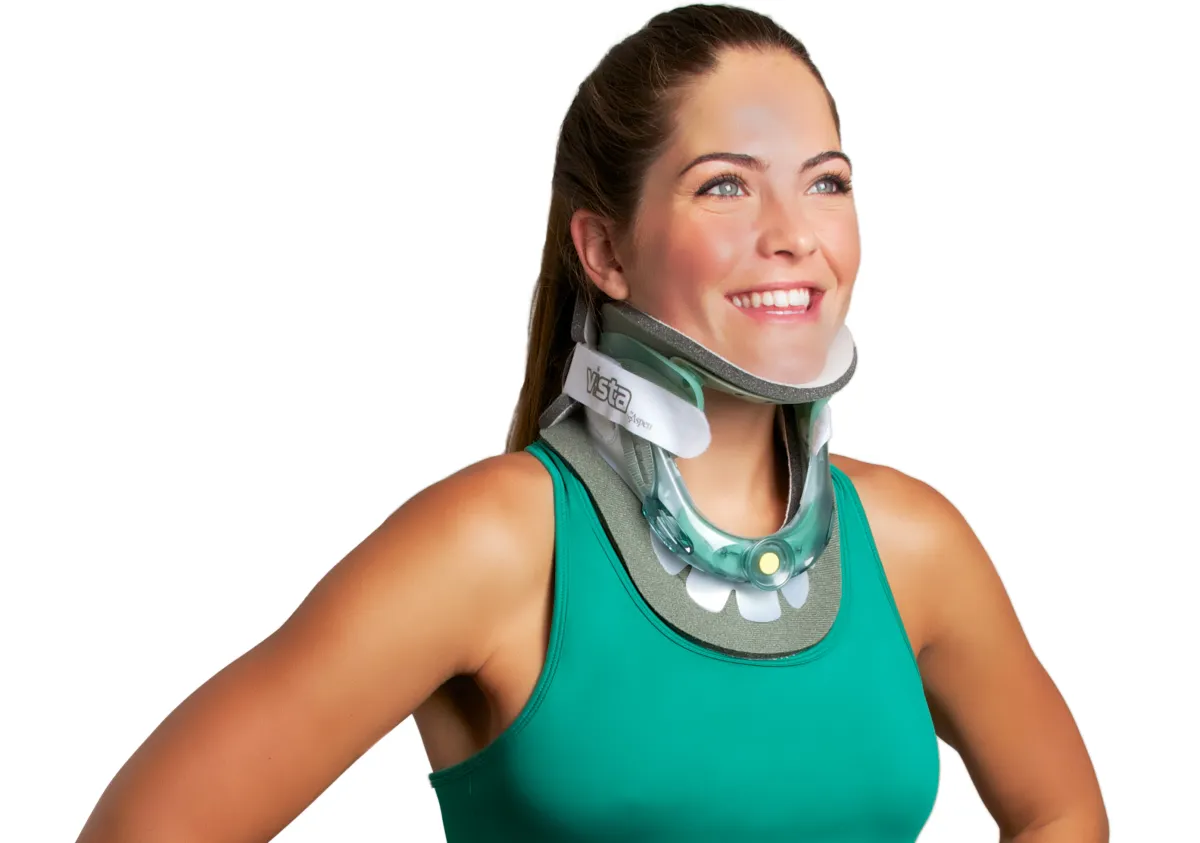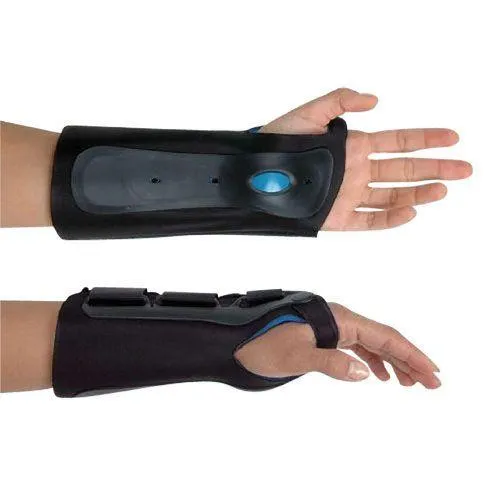Bracing Solutions
Discover our range of orthopedic bracing solutions designed to:
Relieve Pain
Support Recovery
Improve Mobility
Whether you're managing an injury, recovering from surgery, or dealing with a chronic condition, our expert team will help you find the right brace for your needs—covered by most major insurance plans.

When Do You Need A Brace?
Back Pain
Herniated and bulging discs, lumber radiculopathy, spinal stenosis, post-operative recovery

Joint Pain or Instability
Knee, Ankle, Wrist, Elbow

Post-Operative Support
ACL, rotator cuff, cervical discectomy infusion, spinal laminectomy

Chronic Conditions
Arthritis, tendonitis, carpal tunnel

Fractures & Sprains

Sports or Overuse Injuries

Products We Have Available
Back Braces
Helps manage herniated discs, spinal stenosis, post-operative recovery, and chronic low back pain.
Stabilizes the spine
Reduces muscle strain and inflammation
Encourages correct posture
Available custom-fit or off-the-shelf
Neck Braces
A cervical brace may be prescribed or recommended for:
Whiplash or trauma-related injuries
Cervical spine surgery recovery
Herniated discs or cervical instability
Neck strains, sprains, or pinched nerves
Chronic pain from arthritis or spinal degeneration
Knee Braces
Indicated for osteoarthritis, ACL/MCL injuries, patellar instability, and post-op support.
Provides joint stability and pain relief
Offloads stress from injured areas
Aids in daily activity and rehabilitation
Available in standard and custom styles
Wrist Braces
(with or without Thumb Spica):
Commonly used for carpal tunnel, arthritis, tendonitis, and wrist sprains.
Immobilizes the wrist to reduce strain
Eases pain, swelling, and nerve compression
Supports safe hand use during healing
Available in standard and custom styles




Our Braces Are Covered by Insurance
Most braces are covered by Medicare and commercial insurance with a qualifying diagnosis and prescription.
Fast access to off-the-shelf options, with custom bracing when needed.
❓ Frequently Asked Questions
Q: Do I need a prescription for a brace?
A: In most cases, yes. But we can coordinate with your doctor to streamline the process.
Q: Will my insurance cover it?
A: Most of our bracing solutions are covered under insurance with minimal or no out-of-pocket cost.
Q: How do I get fitted for a brace?
A: Our trained specialists provide in-person or virtual fittings to ensure the right size and support.
Q: How do I know what size brace I need?
A: Braces typically come in various sizes, and selecting the right one is important for effectiveness. To ensure proper fit, we recommend measuring the area where the brace will be worn. Many manufacturers provide sizing charts to guide you. If you are unsure about your size, our team can assist in finding the right fit for your needs.
Q: Can I wear a brace while exercising or working?
A: Yes, many braces are designed for daily wear, including during light physical activity. Some braces, such as knee or wrist braces, are specifically made to provide support during exercise. However, it's essential to consult with your healthcare provider to ensure you're wearing the appropriate type of brace for your activity level.
Q: How should I care for my brace?
A: Braces should be kept clean and dry to ensure they function properly. Most braces can be hand-washed or machine-washed (depending on the material), but always check the manufacturer’s instructions for specific care guidelines. If the brace includes metal or plastic components, be sure to check them for damage or wear periodically.
Q: How long should I wear a brace?
A: The duration of wear will depend on your specific condition and your doctor’s recommendations. Some braces are intended for short-term use after an injury, while others may be worn longer to provide ongoing support for chronic conditions.
Q: Can braces be worn for conditions like arthritis or chronic pain?
A: Yes, braces are often used for managing arthritis or chronic pain by providing joint stabilization, reducing inflammation, and limiting movement that could cause discomfort. Consult with your doctor to determine which type of brace is best for managing your condition.
Want To Start A Brace Assessment?
We can help you with a free Consultation

Address:
293 Lafayette Avenue, Suite 104
Hawthorne, NJ 07506
Contact Us
General Email: [email protected]
Fax: (973) 689-6120
(973) 553-0777